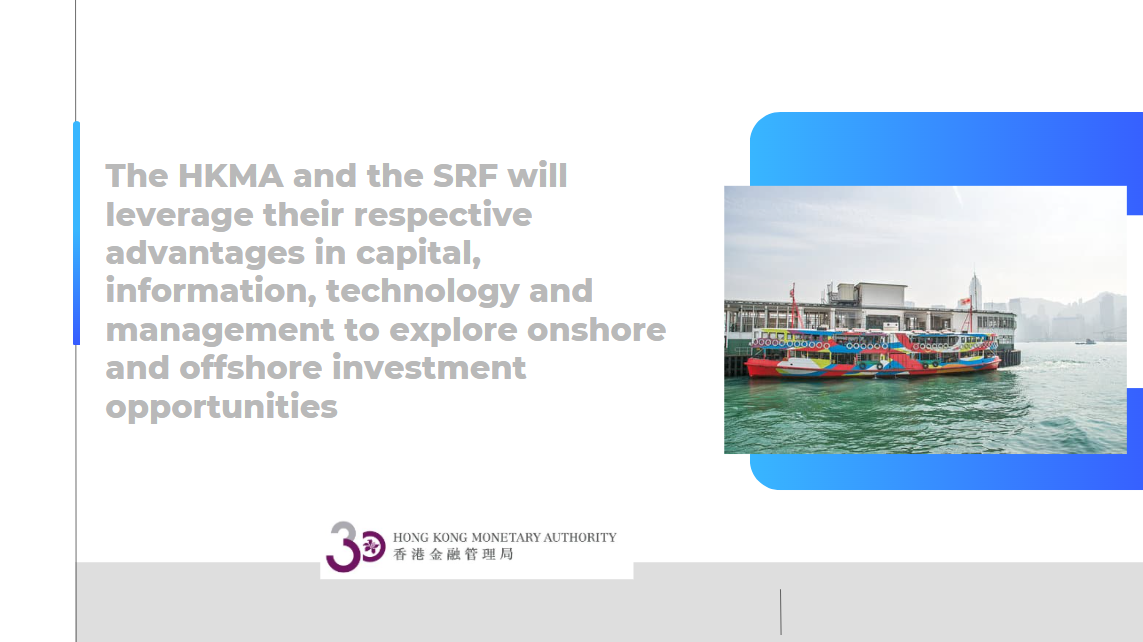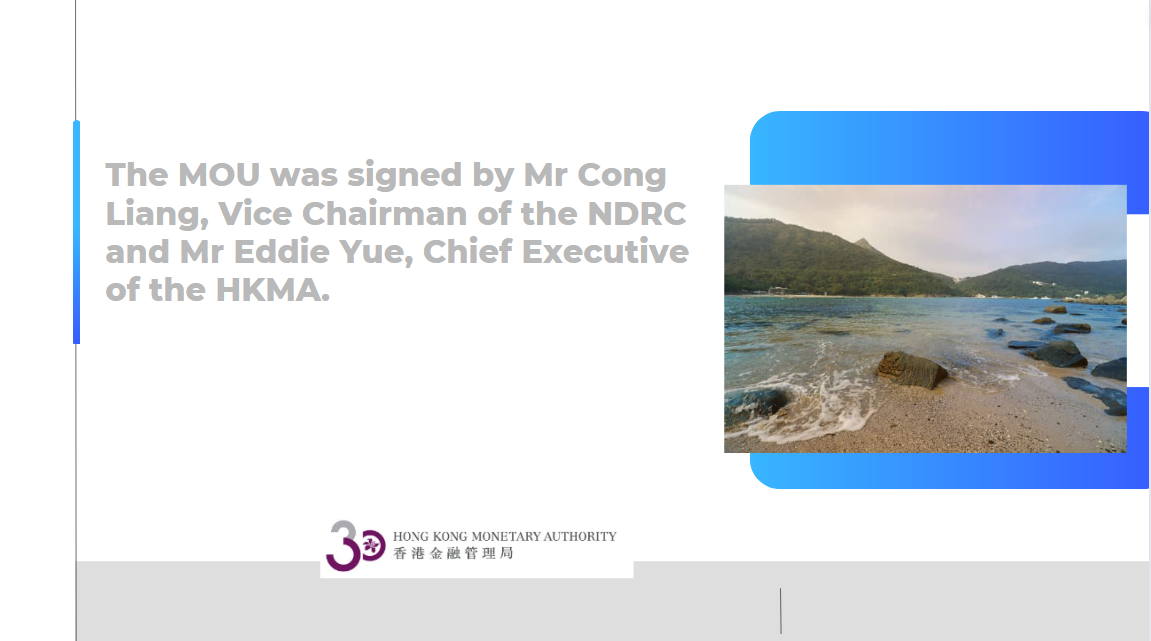Economist says China has ample policy space to boost economy
China has ample policy space to boost economic growth and handle challenges, and the economy is set to achieve its 2023 growth target, said Pan Jiancheng, a Chinese macroeconomist.
Upbeat about China's economic development in the fourth quarter, Pan expected the economic recovery to keep gathering momentum, saying the economy is set to meet its growth target of around 5 percent for this year.
The Chinese government has unveiled a series of pro-growth measures since August, and they are starting to pay off, with improving indicators, ranging from the producer price index and industrial profits to the manufacturing purchasing managers' index (PMI), confirming sustained economic recovery, Pan said in an exclusive interview with Xinhua.
The Chinese economy grew 5.2 percent year-on-year in the first three quarters of 2023, according to data from the National Bureau of Statistics (NBS).
This 5.2-percent growth rate amounts to an annual GDP expansion of 6.3 trillion yuan ($877.5 billion), and if calculated at constant prices, it is equivalent to an annual GDP output increase of around 10 percent 10 years ago, said Pan, who used to work at NBS.
Pan said as an economy's size continues to expand, a downshifting from high growth rates to medium or relatively low growth rates is normal. Commenting on a moderation in China's average growth rates over the past few years, he said "it is moderate growth as long as China's economic aggregate maintains steady expansion."
Affected by the pandemic, as well as changes in the domestic economic structure and global economic landscape, China's economic growth has shown fluctuations over the past three years, but it remains a main engine for global economic recovery and its long-term fundamentals are sound, Pan said.
He noted that the country still has ample policy space to boost economic growth and handle challenges. The ratio of China's central government debt to overall government debt remained low compared with other countries, enabling China to further increase its deficit to boost consumption and deal with risks involving local government debt and the real estate sector.
Looking forward, Pan believed multiple factors will drive China's long-term development, including its vast domestic market, growing talent dividend, ongoing urbanization process, complete industrial system, developing entrepreneurship and, most of all, the country staying committed to reform and opening up.
Pan considered continued reform and opening up as the biggest ballast stone of China's long-term economic development, saying that it means institutional reform and technological innovation will continue to push forward a steady increase in the country's total factor productivity and ensure stable and long-term economic development.
As the world's second-largest economy and largest developing country, China remaining committed to reform and opening up as well as economic globalization will make it an important engine driving global economic recovery, he said.
"China's comprehensively deepening reform will contribute more to the stable, orderly and sustainable development of the world economy," Pan said.






















































First, please LoginComment After ~